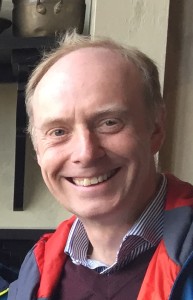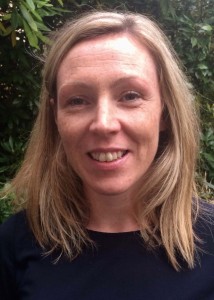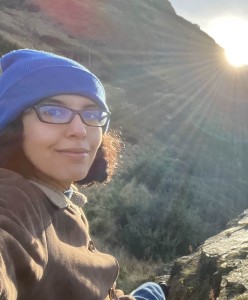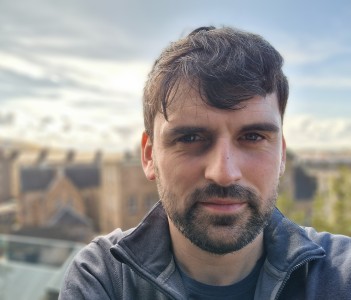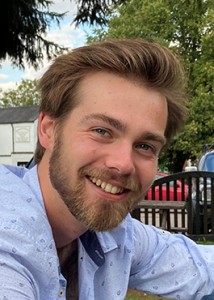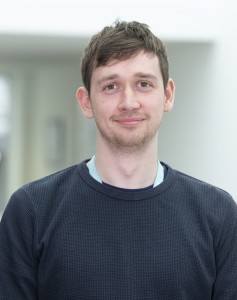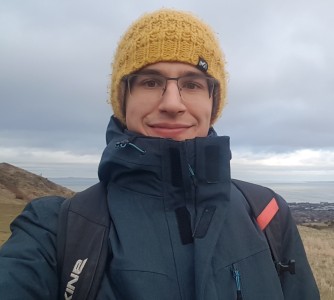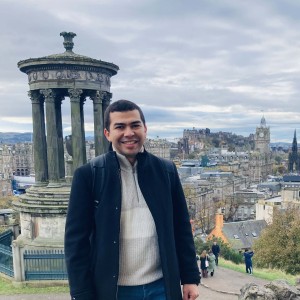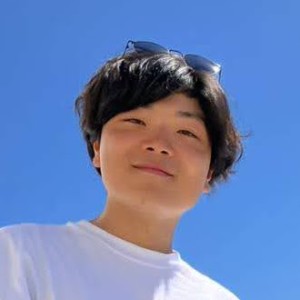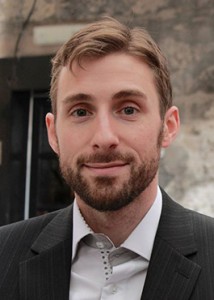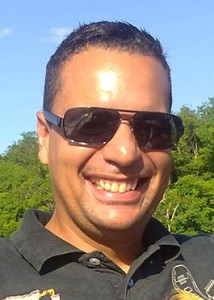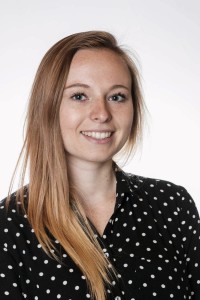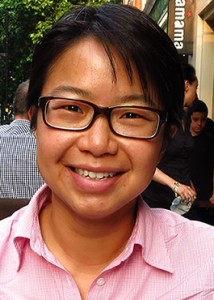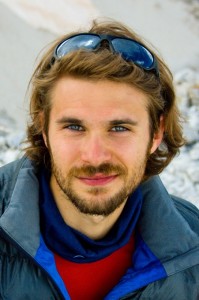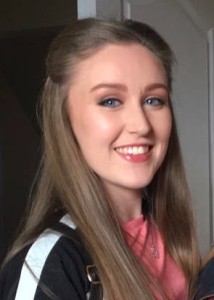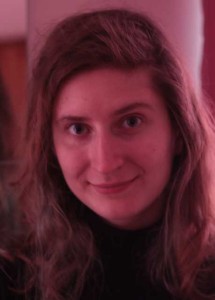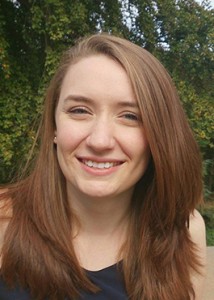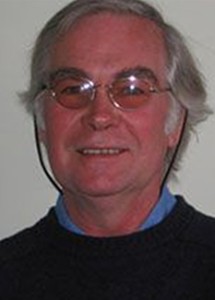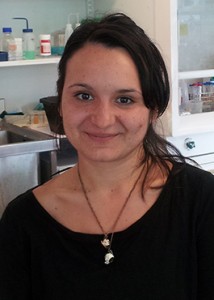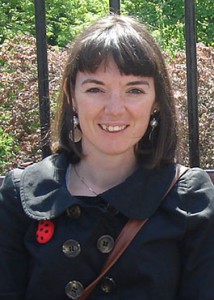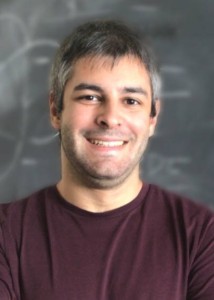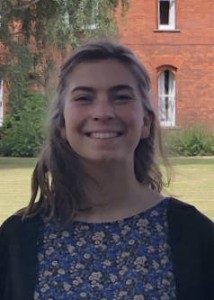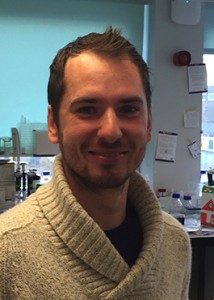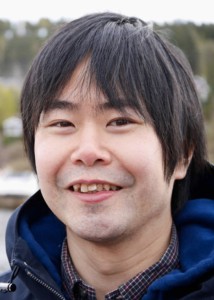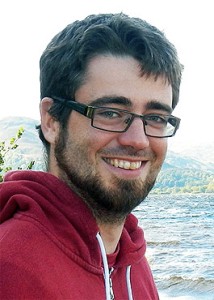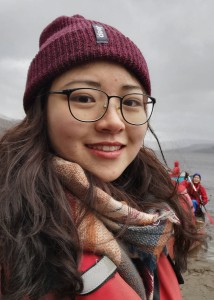Clarissa K L Ng
Post-doctoral Fellow
email ~ LinkedIn profile
Born in Hong Kong in 1981 and moved to sunny Sydney, Australia at the age of 11, Clarissa completed her B.Sc. with honours in Chemistry in 2002, followed by a M.Sc. by research in 2005 (novel antifungal agents, under the supervision of Prof. Katrina Jolliffe and Dr. Fred Widmer) at the School of Chemistry, The University of Sydney. She then moved to the Faculty of Pharmacy of USYD, where she obtained her PhD working on novel conformationally restricted GABA (gamma-aminobutyric acid) analogues under the supervision of A/Prof. Jane Hanrahan and Prof. Mary Collins (Chebib).
Clarissa spent 9 exciting months in the far flung city of Copenhagen, Denmark in 2006/07 for part of her PhD research, working on imidazole acetic acid analogues of GABA under the supervision of A/Prof. Bente Frølund at the School of Pharmaceutical Sciences, University of Copenhagen. After graduating from her PhD in 2010, she carried out some independent voluntary research on the design and synthesis of novel bicyclic analogues loosely based on Zolpidem at the Faculty of Pharmacy, USYD. For a short time between 2011 and 2012, Clarissa joined the LifeScience section of the Australian Nuclear Science and Technology Organisation (ANSTO) as a synthetic/medicinal chemist.
She began her postdoc position in November 2012 with the Gilbert Group, working in close collaboration with the Bradley Group at the School of Chemistry, where she is currently based, on the design and synthesis of novel, photoactivatable DNA-DNA and DNA-protein crosslinkers for studying the chromatin fibre structure, and as novel photodynamic therapy agents.
In her spare time, Clarissa enjoys travelling, running, swimming, going to the gym, meeting with friends, playing the violin, going to concerts, reading, languages, cooking, baking... and too many others to be listed here.
